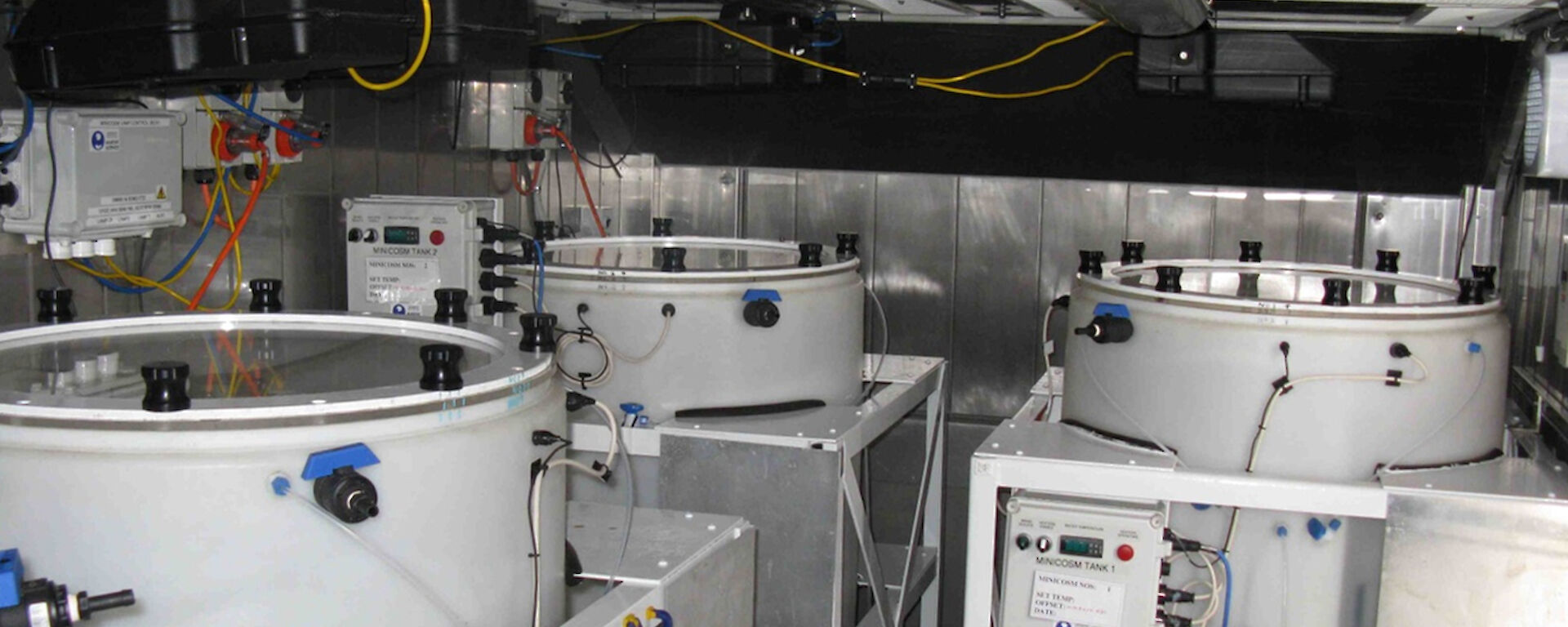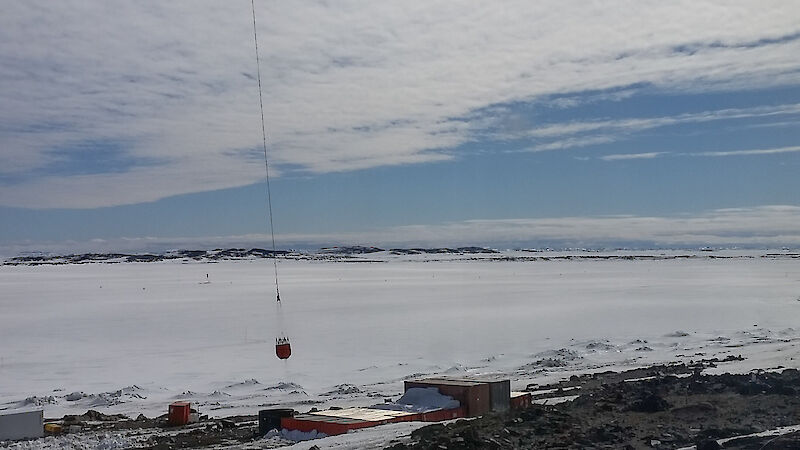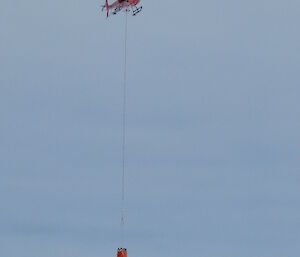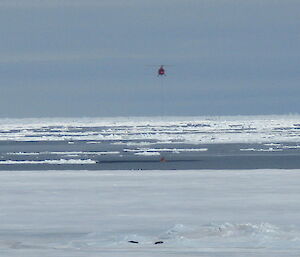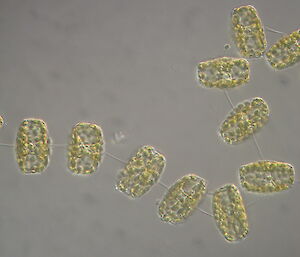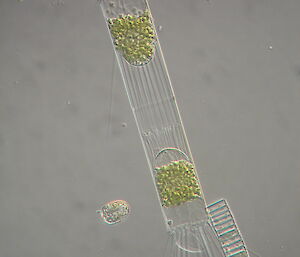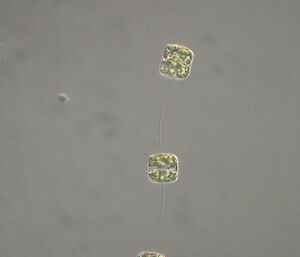Antarctic helicopter pilot Bryan Patterson used his aerial fire-fighting skills in the name of science last week, when he sling loaded 7000 litres of sea water into a holding tank for marine microbe experiments at Australia’s Davis station.
Mr Patterson used a Bambi Bucket, normally used to fight fires during the Australian bushfire season, to fill the holding tank, situated above the experimental facility.
The water was then gravity fed to the laboratory — located in a shipping container on the Davis shoreline — and used to fill six 650 litre ‘minicosm’ tanks.
Australian Antarctic Division marine microbial ecologist, Dr Andrew Davidson, said that the helicopter allowed his research team to collect water containing marine microbes (phytoplankton, protozoa and bacteria) that were representative of offshore microbial communities.
“We want to study the effects of elevated carbon dioxide (CO2) on microbial communities that are characteristic of the large blooms that occur off the Antarctic coastline in spring and summer,” Dr Davidson explained.
“These blooms form the base of the Antarctic food web, which supports the wealth of life for which Antarctic waters are renowned, including the whales, seals, penguins and sea birds.
“We decided to use helicopter operations to collect water because the fast ice often remains in the near-shore region of the Davis coastline until late December, and can remain until February, and it strongly influences the composition of the near-shore microbial community.”
Once the helicopter was beyond the fast ice (about two kilometres from the coastline) the Bambi Bucket was used to scoop water from the open ocean and return it to the holding tank.
“The bucket holds about 720 litres and I did 10 loads to fill the tank,” Mr Patterson said.
“The bucket is weighted on one side so that it tips over and fills up when it’s lowered into the water. It also has a pilot-operated release that empties the bucket over the desired location.
“Using the bucket for this job is similar to fire work in that you need to be accurate with your drop. But it’s certainly different getting a load from water with icebergs in it, and the absence of smoke made the task a little easier.”
Once the holding tank was full, the water was piped to the minicosm tanks and filtered to exclude organisms over 0.2mm in size — mainly predatory grazers that would eat the microbes the team want to study.
Each of the minicosm tanks are temperature controlled, gently mixed, gas-tight and illuminated to allow the phytoplankton to grow. The amount of light they receive is controlled with blue and neutral density screens over lamps.
As the team wants to study the effects of ocean acidification caused by increasing atmospheric CO2 dissolving in seawater, each tank is gradually adjusted to a target CO2 concentration — 325, 450, 650, 900, 1200 and 1500 parts per million — over 5 days under low light. The light is then increased to facilitate phytoplankton growth and the CO2 concentrations are maintained for the remainder of the experiment.
“CO2 concentrations in the world’s atmosphere were around 280 ppm at the start of the industrial revolution,” Dr Davidson said.
“They have now risen to above 400 ppm and are predicted to reach up to 1000 ppm by the end of this century.
“Our experiments aim to investigate the effects of these rising concentrations on individual microbes and the marine microbial community as a whole.”
Results from previous years’ experiments suggest there may be dramatic changes in the species composition and size of microbial cells at higher CO2 concentrations, with flow-on effects for krill and other Antarctic species. This current season of work will help the team confirm, consolidate and refine their earlier observations.

